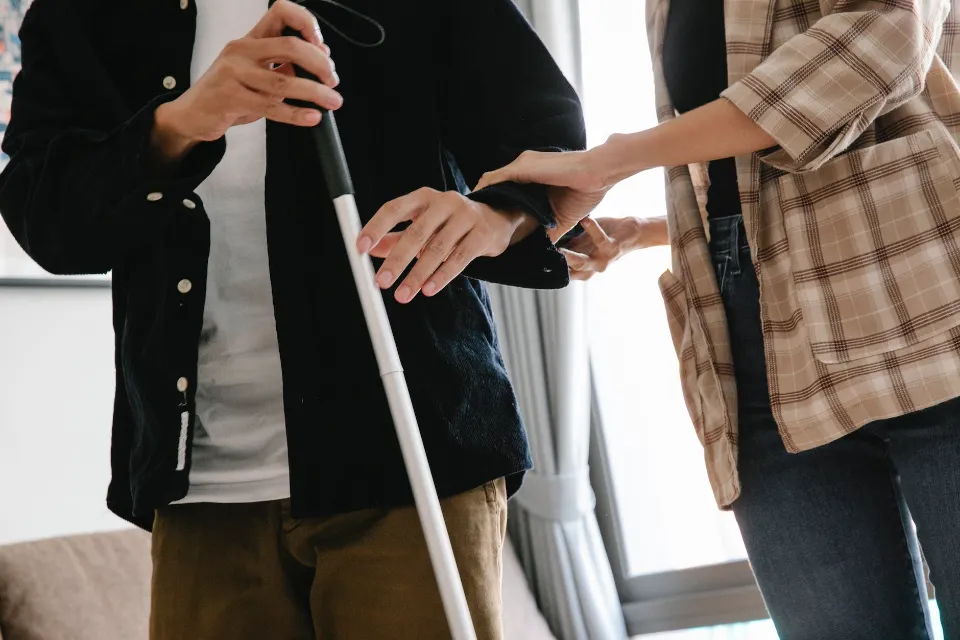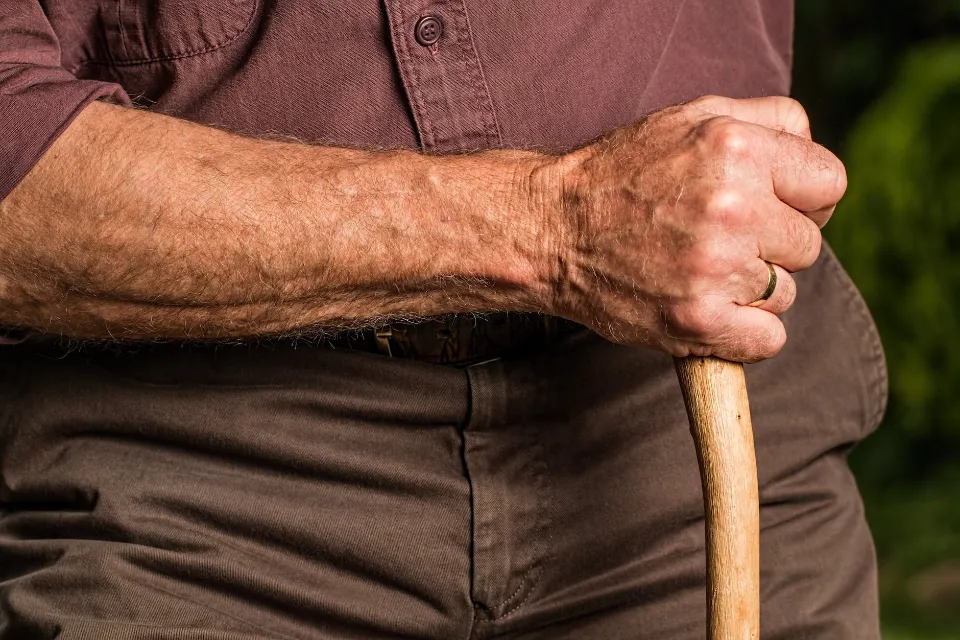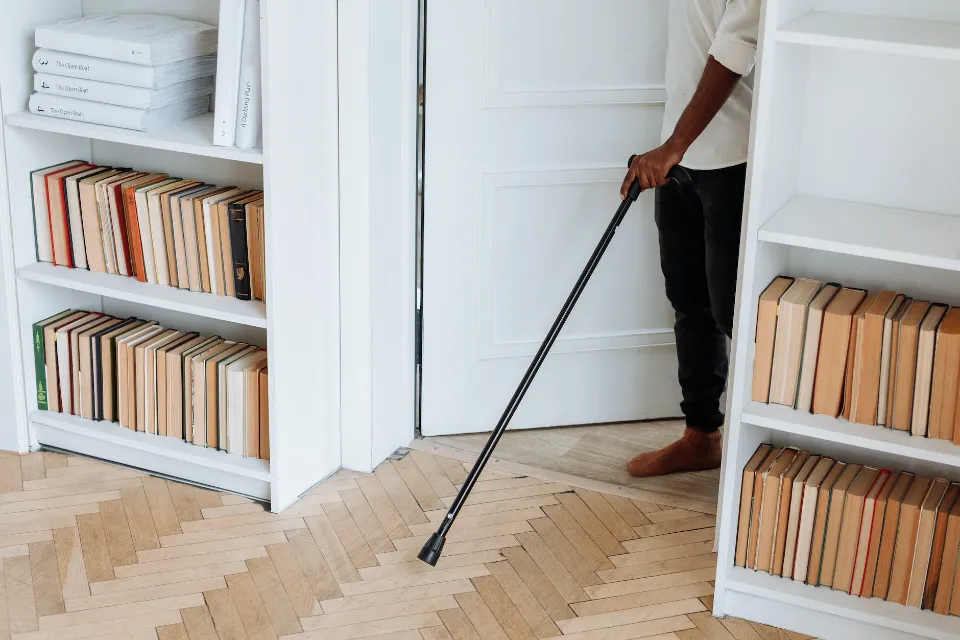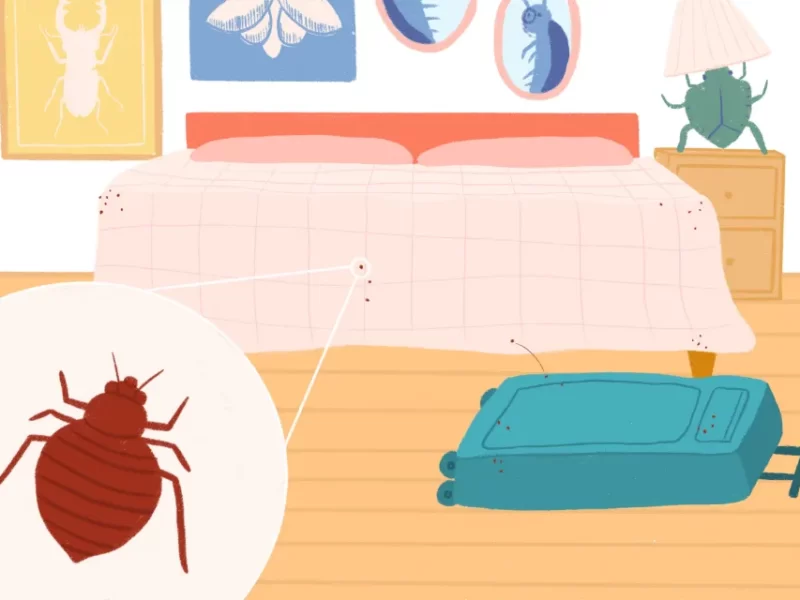Using walking sticks will help you stay balanced and shift more weight onto your arms. You can use a walking stick if you’re hiking or have a leg injury. Whatever walking stick you choose to use, make sure to set the length correctly so you can walk comfortably.
See how to walk with a walking stick by scrolling down!
Preparing the Walking Stick
The walking stick you choose should fit comfortably and be the right length for you. When selecting a walking stick, take your strength, stability, and level of fitness into account.
Choose the ideal walking stick for your requirements by consulting a medical professional or physical therapist. They can also show you how to properly use it.
Consider the Grip
A walking stick with the right grip should be chosen. There are also options like grips made of foam and grips that are molded to fit your hand. Pick a handle with a curved or rounded grip to lessen stress on your hand.
In the event that you suffer from joint pain or arthritis that makes it difficult to tightly grasp the grip, large grips may be preferable. You won’t put unnecessary strain on your joints if you have a good grip. Additionally, it will aid in preventing pain, numbness, and irregularities in your hand’s and fingers joints.

Choose the Suitable Right
Make sure your walking stick is the correct size for your body, and select an adjustable one if you want to be able to make modifications. If you use your walking stick to help with balance, you should slightly extend your elbow when holding it at a 15-degree angle.
Other Preparation
- Get a professional to set the height of the walking stick for you. Your shoulder should be relaxed and not elevated.
- After adjusting the length, make sure that all of the adjustment buttons are locked completely.
- Until you feel confident enough to walk alone safely, keep someone with you.
- Put on comfortable, flat shoes with non-slip soles that fit you well.
- Start in an area that is level and safe from trip hazards.
- Step out at a safe and relaxed pace.
- Avoid wet or slippery floors.
How to Walk With a Walking Stick?
Walking sticks can be used in a variety of ways depending on the circumstance.
For a Hurt Leg
Make sure your walking stick or cane is positioned so that it touches your wrist. Straighten your spine and let your arms hang down by your sides. Have someone else adjust the height of the walking stick so that it rests at your wrist. The walking stick should be low enough so that you can put weight on it, but high enough so that you won’t have to stoop over to use it.
With the hand that is not holding your injured leg, hold your walking stick. Many people think that the walking stick is supposed to go on the same side as your injury, but it actually works far better when you hold it on the opposite side. You should hold the walking stick in your left hand if your right leg is hurt, and in your right hand if your left leg is hurt.
Move the cane at the same time as your injured leg. Set your walking stick down in front of you as you advance on your injured leg. It shouldn’t be far ahead of you; rather, it should be about 2 inches (5.1 cm) in front of you. With your injured leg and walking staff, advance a small distance before taking a step with your healthy leg.
After Knee Surgery
You will be required to continue being active while recovering from knee surgery. When carrying out your physical therapy exercises, a walking stick might be necessary.
To increase your strength, steadiness, and balance, you must exercise. You will learn how to get out of bed, use the restroom, and perform all of your other activities from your physical therapist. Additionally, you’ll work on increasing your range of motion.
On the Stairs
Use extra care when you navigate steps or a curb with your walking stick.
- As a support, cling to the handrail.
- If only one of your legs is affected, step up with your unaffected leg first.
- Next, raise both your affected leg and walking stick at the same time.
- Place your walking stick on the lower step before beginning the staircase’s descent.
- After that, place your unaffected leg on the step before your injured leg.

For Climbing
Get a walking stick that rises 6 to 8 in. (15 to 20 cm) above your elbow. While the height of a walking stick is a matter of personal preference, many people like to use one that is about 6 to 8 inches (15 to 20 cm) higher than their elbow so they can grip it partially. If you’re making your own, trim it to the appropriate length. If you’re buying a walking stick, hold it in your hand check if the height feels right.
When holding a walking stick, make sure your elbow is at a 90-degree angle. It’s acceptable if you prefer to hold the stick at an angle other than exactly at a right angle. Any hand can be used to hold the walking stick, but most people favor using their dominant hand.
Move your walking stick at the same time as the opposite foot. This will let your arms swing in a natural walking rhythm and help distribute your weight evenly. The walking stick, for instance, should be moved forward at the same time as taking a step with your left foot if you are holding it in your right hand.
Walking Stick Maintenance
With some straightforward care and upkeep, your walking stick should remain in top condition for many years.
- Each time you use the stick, make sure it is in good condition. If it is cracked or damaged, do not use it.
- As soon as you can, use a dry cloth to wipe away any dirt or moisture.
- Cleaning your walking stick on a regular basis with a soft sponge and a mild detergent will keep it in top shape.
- Verify frequently that the rubber tips (ferrules) are firmly fastened. Maintain a supply of spares just in case.
- Keep wooden sticks dry and out of the sun. Avoid keeping things wet when storing.
Conclusion
Although it may take some getting used to, using a walking stick safely is crucial. Use a walking stick that works for you. You can survive more easily if you make your home a safe place and practice more to finish your daily tasks. If you require supervision or help, make sure to ask for it.



